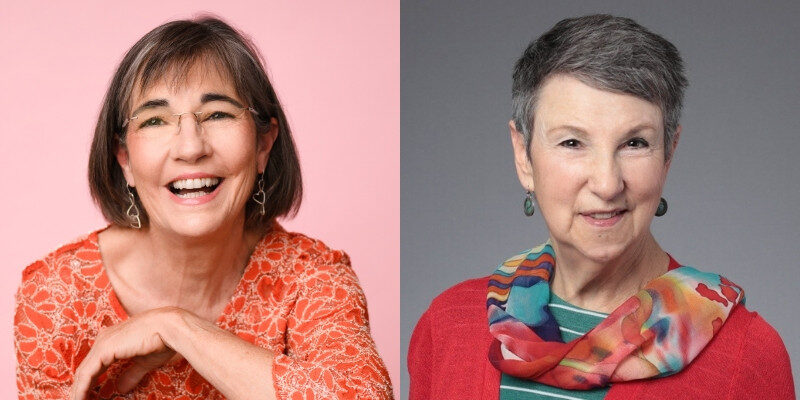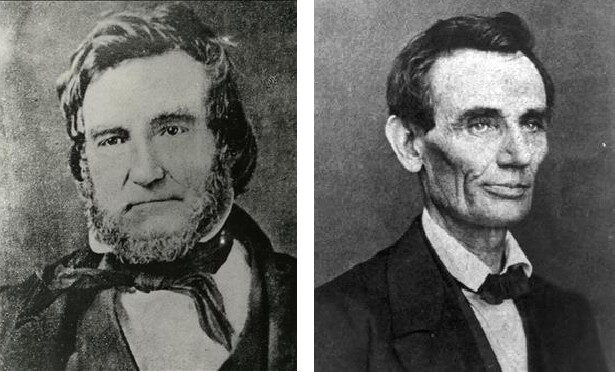“Why is that called a Sampler?” I pointed to a framed, hand-stitched picture with words under a designed basket of fruit.
The small museum room with a musty smell reminded me of my elementary school tour of a 17th century building; I liked the aged Weeping Beach tree outside rather than the physical dwelling.
I wanted to know why there were so many on these walls. An exhibition guide, dressed in period costume, informed me that young girls learned necessary needle skills while showing they had patience and talent working elaborate images. And did I know Loara Standish is recorded to be the first woman who made one in America, around 1645. She was the daughter of Miles Standish, a Mayflower passenger. Of course I didn’t know that, as I didn’t even learn the man had children!
“Want to learn to do that?” My mother could do anything with a needle. “Teach me cross-stitch,” I replied, “and I can decorate my pillowcases!”
A wood hoop held the cotton in place. My mother showed me yarn, insertion of thread into the eye of a metal needle, and a personal handwork-journey was starting. I went from bedding to tablecloth, and I was shown how to make even the back of a cloth look pleasing and not a jumble of threads.
Never without a project in her hands during the hours she sat listening to her daughter’s piano and singing lesson practice, or family time around the radio programs, I wanted to learn everything she did. I hand sewed an apron with hem stitches so tiny that they were almost invisible. Skirts with gathered waistbands were different from pleated ones.
We sewed together often. She taught me how to make a pattern and I began to design my own creations. The mahogany dining room table became a tabloid in Braille as my marks were made from shears and such that recorded the sewing life.

By high school, I’d created special half-aprons as was the custom for women to wear when entertaining. Satin formed the waistband and bottom, and I’d sew tiny beads on sections. I created eyeglass cases from pieces of wool-felt, then adorned with accents of glitter.
Knitting came next. Sharing was part of the pleasure. I had trouble with the grosgrain ribbon needed as a backing for a cardigan sweater’s buttons and said that was her job. We laughed.
She was doing needlepoint for a chair. Heavy wool yarn was used to go through a grid-like large piece. I learned, and started with the canvas for a footstool. Once completed, we bought an oak footrest. My mother taught me to stretch my completed needlepoint canvas, and to mount it on top of the fabric that was already on the stool. Basic thumb tacks adhered my work to the stool’s top. She always had – with what was on-hand – a solution to any problem!
She crocheted, but I seemed to have trouble with that little hook the size of a pencil, so I decided that, instead, I’d learn crewel embroidery by myself and tell her about it later. She’d have one needlework I couldn’t do, and I’d have one she preferred not to do but, of course, could!
In college, as I knit argyle socks for male friends, she crocheted afghans, and knit hats/ mittens/ sweaters for me using bright colors to compensate for the often-sunless days as I walked to classes in the cold.
I recently saw a Sampler in an inn that was once a stop on the Erie Canal. A historic-preservation structure, it made me smile with remembrance of the first Sampler I’d ever seen in a building similar to this one.
A granddaughter asked for a tablecloth I’d embellished with cross-stitch during elementary school. I was showing her items I’d made and used over the decades. I mentioned that linen would need starch to look crisp; she wanted it. Her sister noticed two of my framed crewel-embroidered pictures showing vases of flowers; I loosened them from their hooks. She wondered about a large needlepoint I’d made; I had considered using it for a chair but, with three small children at the time, I decided to frame it instead, and work on smaller needle-projects. These all belong to her now.
I designed the dresses I wore for each of my three children’s weddings. Handwork has been satisfying and fulfilling all my life. One of my great-grandchildren has the crib-size afghan my mother’s fingers so long-ago crocheted; her afghans continue to be the warm blankets on her unseen descendants’ beds.
Family history is often written in needle and thread rather than in pen and ink.

Lois Greene Stone in 1954 in the circle skirt she made herself, which is on display in The Smithsonian. The Smithsonian selected only this photo to represent all teens from the 1950s. A large showcase in its National Museum of American History featured her photo, her hand-designed clothing, and her costume sketches. The ‘Girlhood’ exhibit opened in 2020 and began touring Jan. 2023. Lois is a writer and poet, has been syndicated worldwide.
















